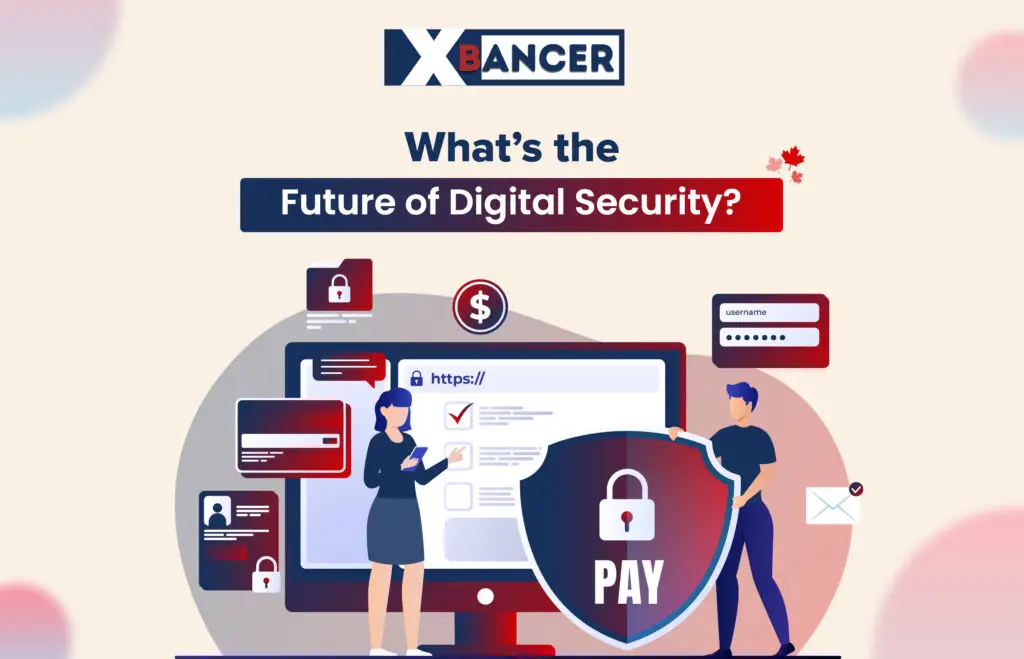As technology continues to evolve, so do the threats that come with it. Cyberattacks are becoming more sophisticated, personal data is more vulnerable than ever, and businesses face an ongoing challenge to secure their digital assets. The future of digital security is not just about staying ahead of hackers—it’s about building a safer and smarter digital world.
In this blog, we explore the emerging trends shaping the future of cybersecurity and how businesses and individuals can protect themselves in an increasingly connected world.
1. Artificial Intelligence in Cybersecurity
Artificial Intelligence (AI) is transforming cybersecurity by detecting and preventing threats faster than ever. AI-driven security systems can analyze patterns, predict cyberattacks, and respond in real time to minimize damage. Companies are integrating AI-powered solutions to enhance threat detection and automate security responses, making digital environments more resilient.
2. The Rise of Quantum Cryptography
With the development of quantum computing, traditional encryption methods may become obsolete. Quantum cryptography offers a new level of security by using the principles of quantum mechanics to create unbreakable encryption. Governments and tech companies are investing heavily in quantum-resistant security solutions to safeguard future communications.
3. Biometric Authentication for Enhanced Security
Passwords are no longer the most secure way to protect digital identities. The future lies in biometric authentication—fingerprint scans, facial recognition, and even behavioral biometrics. These advanced security measures provide a more personalized and foolproof way to prevent unauthorized access.
4. Blockchain for Data Protection
Blockchain technology is gaining traction in cybersecurity due to its decentralized and tamper-proof nature. Businesses are leveraging blockchain for secure transactions, data verification, and identity management. The technology ensures data integrity and eliminates the risks of centralized databases being compromised.
5. Zero Trust Security Models
The Zero Trust approach to cybersecurity assumes that no user or system should be trusted by default. Every access request is verified before granting permission, minimizing the risk of insider threats and cyberattacks. As businesses shift to remote and hybrid work environments, Zero Trust models are becoming essential for secure access management.
6. The Evolution of Cyber Laws and Regulations
Governments worldwide are strengthening digital security laws to combat cyber threats. Regulations like the General Data Protection Regulation (GDPR) and the California Consumer Privacy Act (CCPA) are enforcing stricter data protection measures. Future cybersecurity policies will continue to evolve, ensuring businesses prioritize user privacy and data security.
7. The Role of Ethical Hacking and Cybersecurity Awareness
As cyber threats become more advanced, ethical hackers play a crucial role in identifying vulnerabilities before criminals do. Businesses are investing in cybersecurity training and awareness programs to educate employees about phishing attacks, social engineering, and safe online practices.
Conclusion
The future of digital security is a combination of AI-driven defense mechanisms, quantum-safe encryption, biometric authentication, and decentralized protection methods. As threats evolve, so must our approach to security. Businesses and individuals must stay informed, adopt proactive security measures, and embrace the latest advancements to safeguard their digital presence.
The battle against cyber threats is ongoing, but with innovation and vigilance, the future of digital security looks promising.
Frequently Asked Questions
1. Why is AI important for cybersecurity?
Answer: AI enhances cybersecurity by detecting and preventing threats in real time, identifying anomalies, and automating security responses to reduce risks.
2. What is quantum cryptography, and why does it matter?
Quantum cryptography uses quantum mechanics to create secure encryption methods that are nearly impossible to hack, making future data protection more robust.
3. How does biometric authentication improve security?
Biometric authentication, such as fingerprint and facial recognition, provides a personalized security layer that is harder to bypass than traditional passwords.
4. Can blockchain prevent cyber threats?
Yes, blockchain enhances security by providing decentralized, tamper-proof data storage that reduces the risk of data breaches and fraud.
5. What is a Zero Trust security model?
Zero Trust assumes that no system or user is inherently trustworthy, requiring continuous verification for access to protect sensitive data.
6. How can businesses prepare for future cybersecurity threats?
Businesses should adopt AI-driven security solutions, implement Zero Trust models, use biometric authentication, and stay updated on cybersecurity regulations.7. Are passwords becoming obsolete?
Yes, traditional passwords are increasingly being replaced by biometrics, multi-factor authentication (MFA), and passkeys for enhanced security.

